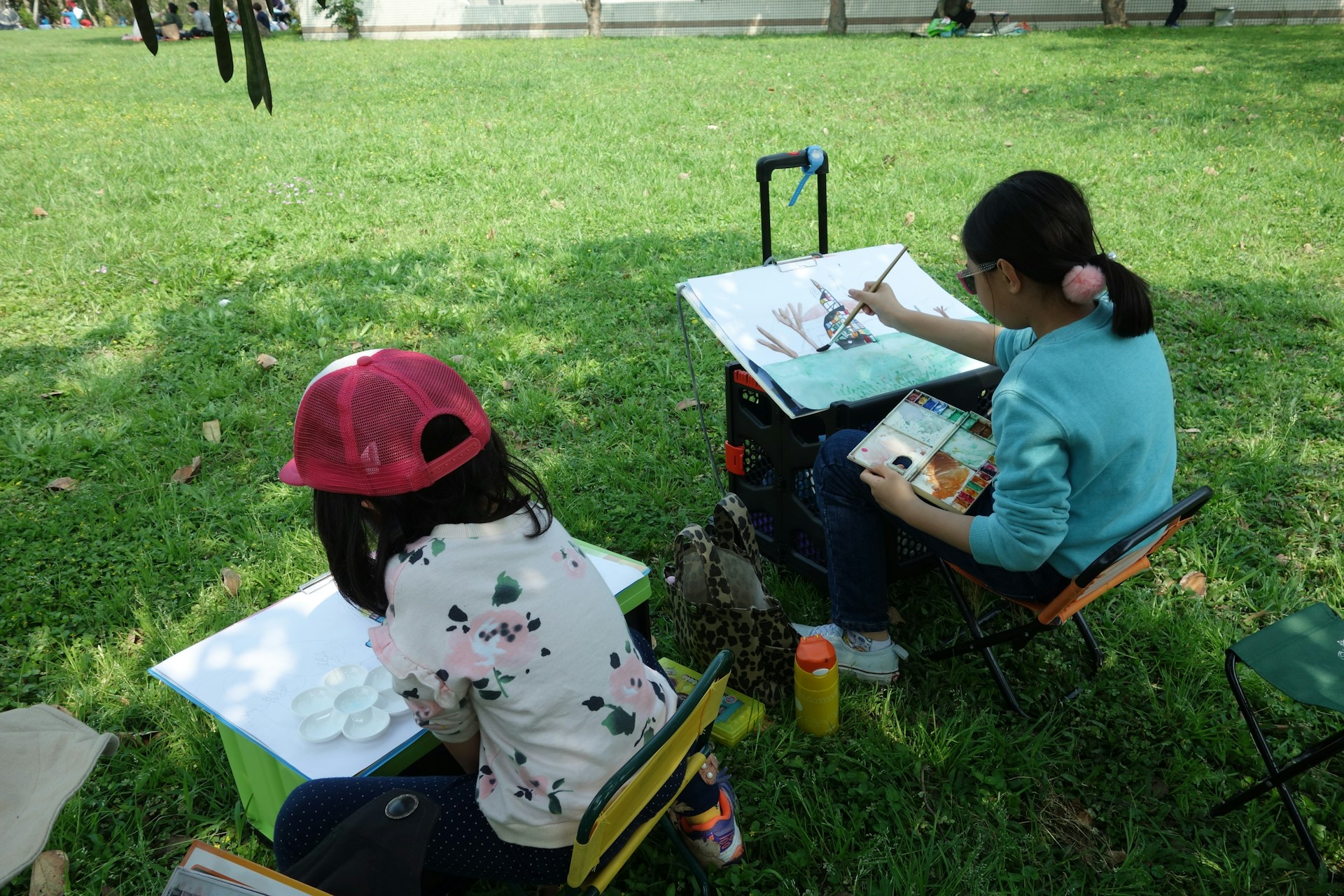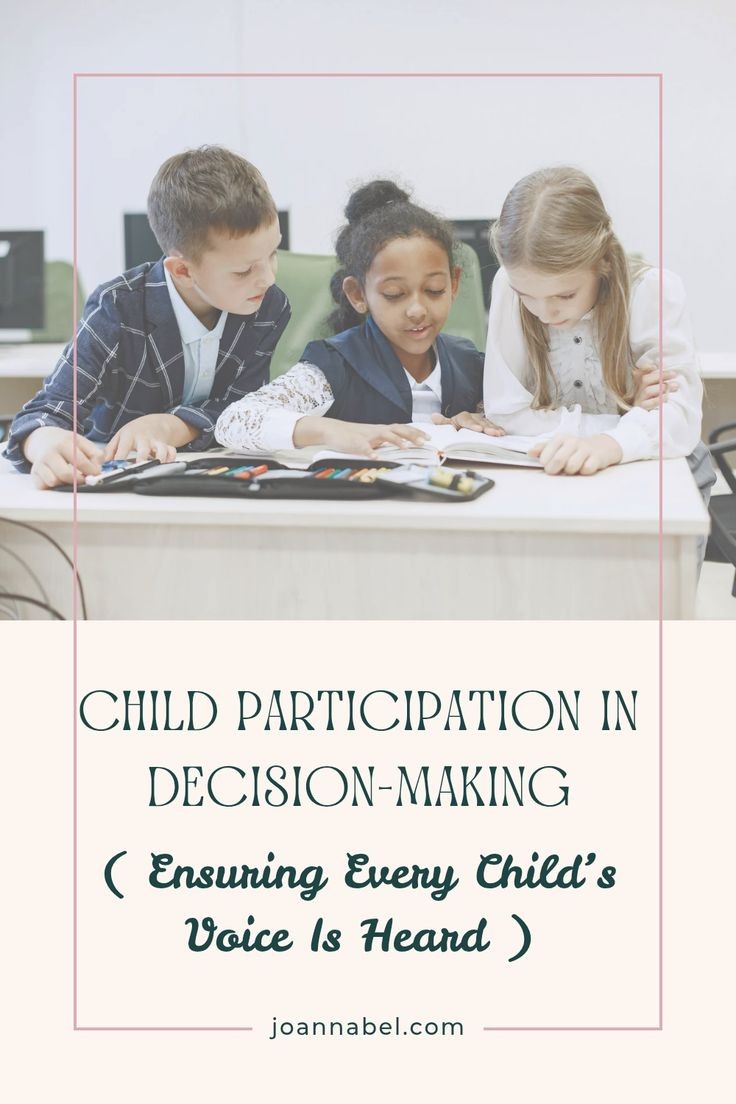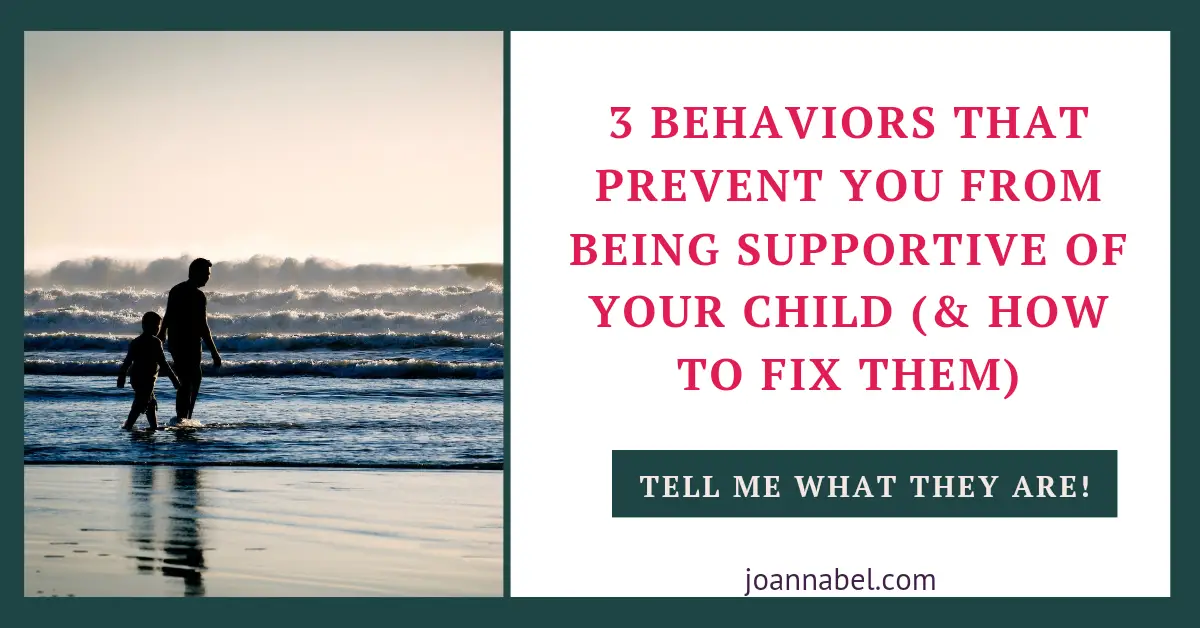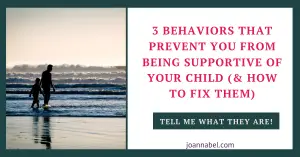Child participation in decision-making is a fundamental right that ensures children have a voice in decisions affecting their lives. Rooted in the Convention on the Rights of the Child (CRC), participation is not just an ideal but a legal and ethical obligation for adults. It acknowledges that children, regardless of age, have perspectives, experiences, and opinions that deserve to be heard and considered.

Child Participation In Decision-Making
Understanding what child participation entails helps create a more inclusive and respectful environment where children can engage meaningfully in decision-making processes.
In this post we’ll explore things you need to consider when it comes to child participation in decision-making.
Note: Although I am a Clinical Social Worker, engaging with this website does not establish a professional social worker-client relationship. The information provided here is for general purposes only and should not be considered professional advice. While we strive to ensure accuracy and reliability, this content is not a substitute for professional guidance. For specific concerns, issues, or situations, it is essential to consult a qualified professional and present your situation. Read the full Disclaimer here.
WHAT IS CHILD PARTICIPATION?

Participation refers to:
- One of the 4 basic principles of the CRC (Convention On The Rights Of The Child from 1989), along with(1) the principle of life, survival and development, (2) the principle of non-discrimination, and (3) the principle of the best interest of the child.
- The specific article of the CRC (article 12 of the Convention On The Rights Of The Child).
- A group of participating rights.
When it comes to this list, in the first place, this means that we need to stick to these 4 principles in all our encounters and treatments of children.
Secondly, it’s important to acknowledge that the principle of participation and best interest are interconnected. The first involves the active role of the child and acceptance that children should present their views and experiences, as a basic condition for the decision-making process to satisfy the second, i.e. the best interest of the child.
Thirdly, Article 12 states that the child who is capable of forming his or her own views has the right to express those views freely in all matters affecting the child. We give the views of the child due weight in accordance with the age and maturity of the child.
CHILD PARTICIPATION RESEARCH
Research showed and it’s clear that children can express their views from their earliest age, but the nature and range of their participation will continue to widen according to their age and evolving capacity.
This means that as they mature their perspective and views expand so they get entitled to have their opinions given more weight in decision-making in matters that affect them.
When you’re supporting and enabling children to participate, keep in mind that they don’t need to be able to understand all aspects of the matter to the full extent. It’s enough that they can attain enough understanding of the matter to be able to form an opinion on the matter and give their contribution.
Unless there’s a clear indication and evidence that the child is unable to reason, it’s considered that a child is capable of participating in decision-making. This means that children shouldn’t be proving themselves as capable. It’s the other way around – we must have proof that they aren’t.
CHILDREN’S PARTICIPATION RIGHTS
The participating rights are:
- the right to the freedom of expression (Article 13),
- the right of the child to freedom of thought, conscience, and religion (Article 14),
- the rights of the child to freedom of association and freedom of peaceful assembly (Article 15),
- the right to the protection of interference or attacks on their privacy, family, home or correspondence, and their honor and reputation (Article 16),
- the right to access to information (Article 17), and
- the right to an education that promotes values of human rights and democracy (Article 29).
You can find the articles here: Convention on the Rights of the Child (1989).
WHAT CHILD PARTICIPATION ENTAILS
The process of participation involves:
- creating space for children to express their opinion and active listening to children – indicating that adults perceive and respect that children have the experience in their own life situations and have something to say about things that are important for their life and optimal development.
- acknowledging and respecting the opinion of the child – in each individual case it is necessary to take into account the age of the child, the evolving capacity of the children to participate in decision-making, and the maturity that children show as factors in the impact on the decision.
- the responsibility of adults to find a way for children to meaningfully participate in the decision-making process on all issues concerning them.
This certainly does not mean that children will be in a position of full autonomy (burdened with it), nor that full unilateral control over the decision-making process will be transferred to them, precisely the independent decision-making process.
Children in such a conceived process will not take over the decision of the adults.
However, they will have their inalienable right (the right that can’t be transferred to ANYONE else) to be heard and consulted exercised.
And will satisfy their need to express their point of view and share their experience, if they wish, so they can achieve a sense of control over personal events and influence the outcomes of all actions that are of importance to their lives.
HOW CHILDREN CAN BE INCLUDED IN DECISION-MAKING
Children can be included in the process in various ways depending on their age, maturity, characteristics, communication style, evolving capacity, choices, and willingness to take part in it.
So depending on the circumstances and the needs and characteristics of a particular child, the participation in the process may vary:
- some children will directly or indirectly be included in the decision-making about living arrangements and custody;
- other children will be expressing their views on what their needs are in the process;
- and the youngest children (under 2 or 3) will usually be included through observation.
As you can see, participation isn’t a matter of the choice of adults included in the proceedings related to divorce (including institutions). Rather it’s an obligation (requirement) of theirs where they need to create proper conditions for children to take part.
This is about equality, where all parties are equally represented, valued, and respected to be given the opportunity to speak about their situation and present their position.
CHILD PARTICIPATION IN DECISION-MAKING IN LEGAL PROCEEDINGS (COURT, ADMINISTRATIVE, ETC.)
Children have the right to be included in legal and administrative proceedings on matters that affect their lives, so all of the above applies here, but let’s mention where they can be excluded.
There may be a few situations where children don’t need to take part in the proceedings, such as:
- when parents/adults themselves have already talked with their children and discussed everything that’s important, heard their voices and points of view, and learned about their wishes
- when children firmly declare they do not want to be included, but in this concrete example, their statement on the matter of participation is a form of participation as they were given a chance to express themselves
- when children express intense fear and feel highly threatened by taking part in the process, but again, this is still a form of participation. (However, before concluding that this is how it is, it’s important to try to eliminate the sources of threat if this is something that can be done.)
PROMOTING CHILDREN’S PARTICIPATION IN (DEMOCRATIC) DECISION-MAKING
It’s important to note that whichever adult is responsible for enabling child participation in the process and proceeding, their main task is to adapt the procedures to be able to meet children’s needs concerning participation. Additionally, that’s how we promote a child’s participation in decision-making on things that affect their lives.
This means that these adults need to think about the communication style that works for the particular child.
It also suggests that if the child is living with a disability that obstructs the common way of communicating, it’s critical to find ways to enable the child to express their views by making sure their voice is heard and valued.
It’s the same for younger children, who are more comfortable with indirect, informal communication and play rather than formal questioning and direct questions.
Depending on the legislature, children’s views tend to have more or less influence on the final decision, as in some countries the age boundary for children to be ‘free’ to directly decide may vary.
Still, THIS DOESN’T MEAN THAT YOUNGER CHILDREN DON’T GET TO INFLUENCE THE DECISIONS or that older children are to be burdened with making decisions on behalf of adults.
It simply means that we:
- make an effort to include children in the processes that affect their lives
- include them in the most suitable way FOR THEM,
- help them have their voices heard, and allow their views to be freely expressed, as this is a basic human right for all humans, including children.
Latest Posts:
- Special Gifts to Let Someone Know You’re Thinking of Them (13)

- 100 Ways to Challenge Yourself (Without Stretching Yourself Too Thin)

- What To Do When Your Parent Struggles With Alcohol

- How To Navigate Moving to a New Home With Your Kids

- Prenups for Young Couples (A Modern Approach)

- What Happens When You Sign A Prenup (Relationship-Wise + Legally)

FINAL THOUGHTS ON CHILD PARTICIPATION IN DECISION-MAKING
Promoting child participation in decision-making is about more than just allowing children to speak—it’s about actively listening, respecting their views, and integrating their perspectives into decision-making processes in ways that suit their age and maturity.
When children are given the opportunity to participate, they build self-worth, feel valued, and develop a sense of agency over their own lives.
Ensuring that children’s voices are heard is not only a legal responsibility but also a crucial step toward fostering a society that respects the rights and dignity of all individuals, regardless of age and other distinctive characteristics.
If you found this helpful, continue reading:
WHY IS INDEPENDENCE IMPORTANT FOR A CHILD? (6 KEY REASONS).









Leave a Reply